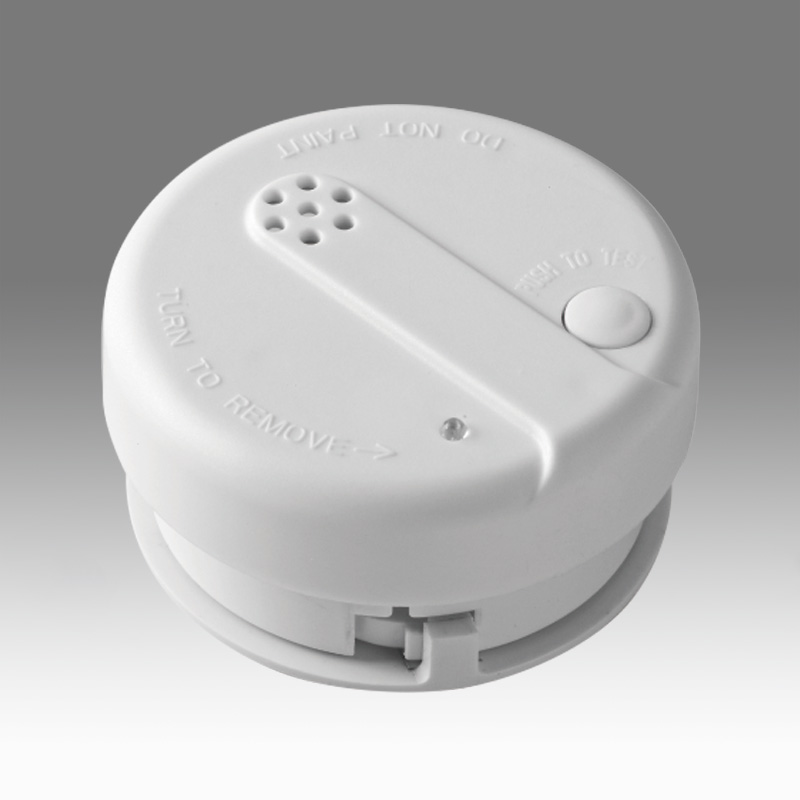Quickly move the patient to a place with fresh air, res […]
Quickly move the patient to a place with fresh air, rest in bed, keep warm, and keep the airway open.
First, correct hypoxia quickly correct the hypoxia state. Inhalation of oxygen containing 5% CO2 can accelerate the dissociation of COHb and increase the discharge of CO. When inhaling fresh air, it takes about 4 hours for half of CO to be released from COHb; when inhaling pure oxygen, it can be shortened to 30-40 minutes, and inhaling pure oxygen of 3 atmospheres can be shortened to 20 minutes. Hyperbaric oxygen chamber treatment can increase the dissolved oxygen in the blood, increase the partial pressure of oxygen in the arterial blood, and make the oxygen in the capillaries easily diffuse into the cells, which can quickly correct tissue hypoxia with an effective rate of 95% to 100%. When breathing stops, Artificial respiration should be performed in a timely manner, or the breathing should be maintained with a ventilator. Plasma exchange may be considered in critically ill patients.

2. Prevention and treatment of cerebral edema After severe poisoning, cerebral edema can develop to a peak in 24 to 48 hours. Dehydration therapy is important. At present, the most commonly used is 20% mannitol, which is given as a rapid intravenous drip. After 2 to 3 days, the increase in intracranial pressure improves, and the dose can be reduced. Furosemide (furosemide) can also be injected for dehydration. Adenosine triphosphate and glucocorticoids such as dexamethasone can also help relieve cerebral edema. If there are frequent convulsions, cerebral hyperthermia or coma for more than 10~21 hours, the first choice is diazepam, 10~20mg intravenously, and then phenytoin 0.5~1g intravenously after stopping the convulsions, the dose can be in 4~6 hours. Repeated application within, the implementation of artificial hibernation therapy.
3. Use energy mixtures to promote brain cell metabolism. Commonly used drugs include adenosine triphosphate, coenzyme A, cytochrome C and a large amount of vitamin C, and meclofenase (chlorine) 250~500mg intramuscularly; citicoline (citicoline) Choline) 500~1000mg is added to 250ml of 5% glucose solution by intravenous drip, once a day.
Fourth, the prevention and treatment of complications and post-coma coma during the nursing work is very important. Keep the airway open and tracheotomy if necessary. Turn over regularly to prevent bedsores and pneumonia. Pay attention to nutrition and nasal feeding if necessary. High heat energy affects brain function, and physical cooling methods can be used, such as ice caps on the head and ice packs on the body surface, to keep the body temperature at about 32 °C. Such as chills or difficulty in reducing body temperature during the cooling process, hibernation drugs can be used. Patients with acute CO poisoning should take throat swabs, blood, and urine cultures after waking up from a coma. If there are subsequent complications, appropriate treatment should be given to prevent the occurrence of neurological and cardiac subsequent complications. In order to effectively control lung infection, Broad-spectrum antibiotics should be selected. Close clinical observation as possible for 2 weeks.